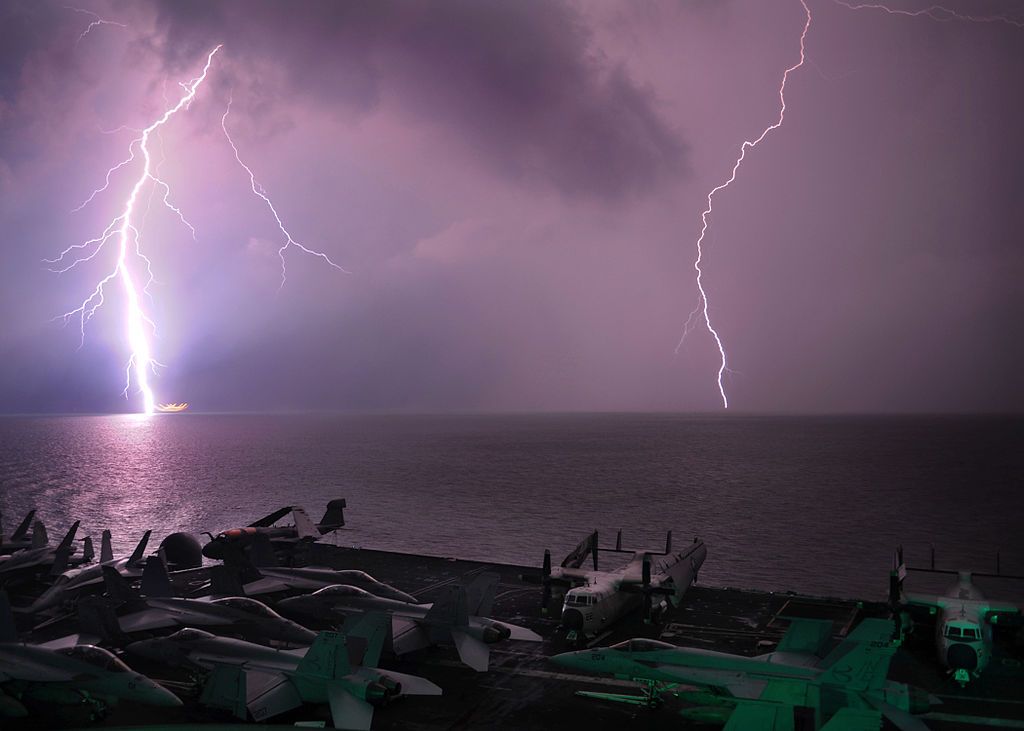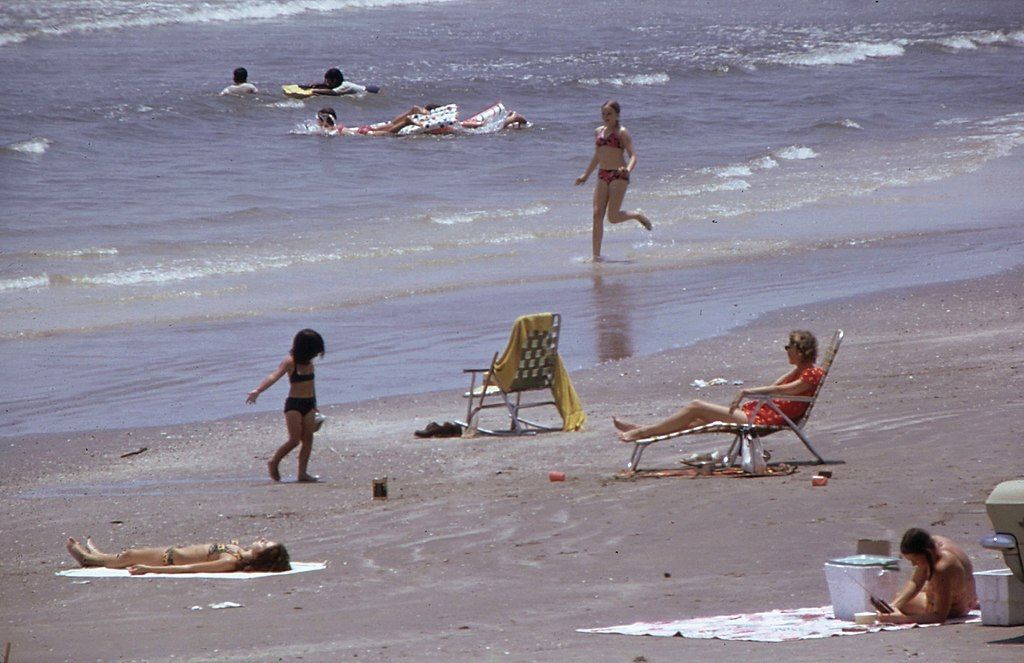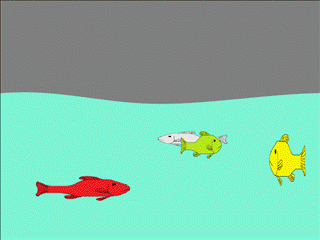
6 July 2022
When a thunderstorm approaches at the beach or a swimming pool, the lifeguards tell everyone to get out of the water. Lightning often strikes water and anyone in it can be electrocuted.
Fish live in water so why don’t they die from lightning? The National Weather Service explains:
Before a lightning strike, a charge builds up along the water’s surface. When lightning strikes, most of electrical discharge occurs near the water’s surface. Most fish swim below the surface and are unaffected.
— National Weather Service: Lightning and Fish
This NWS animation shows the positive charge building on the surface and the negatively charged lightning strike spreading horizontally. Fish swim below it all.
Humans swim on the water’s surface where lightning has its greatest effect. In addition, lightning is a hazard in open outdoor spaces like beaches.

Interestingly in the US, the most dangerous activity during lightning is fishing; beaches are second. We thought golf was the worst but it is far down on the list.

During a thunderstorm the fish are safer than the fisherman.
(photos and animations from Wikimedia Commons; click on the captions to see the originals)

Decades ago, while photographing an approaching storm from the Grand Canyon’s North Rim, I was admonished by a park ranger that this was a dangerous activity, as the shutter action of my (pre-digital) camera would attract lightning.
Thanks once again, Kate, for your interesting insights and relevant education.